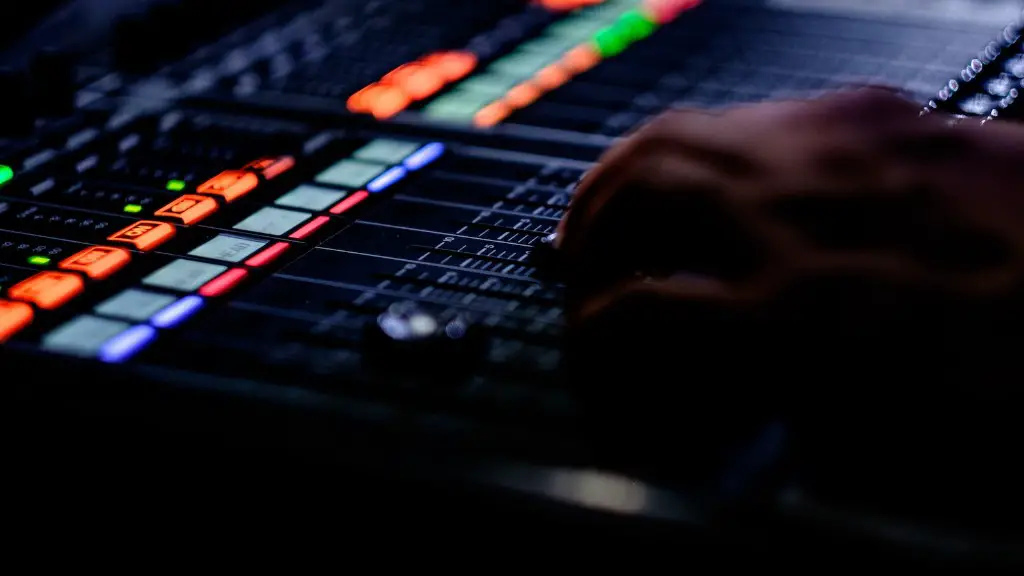How To Draw A Horse Jumping
Few things are more majestic or awe-inspiring than a horse leaping into the air. Capturing that moment in a drawing can be a real challenge. For any artist looking to capture the beauty of a horse in flight, here is a simple guide on how to draw a horse jumping.
First, start with the basics. Gather all the necessary materials you will need to draw your horse’s form, like paper, pencils, erasers, and a drawing board. Have reference photos to serve as an aide when drawing your horse. Connecting a few dots together is all that is needed to start.
Next, create the basic frame of your horse jumping. This can be done by drawing lines for the main body, limbs, tail, and mane of the horse. The frame does not need to be perfect, as details can be added and modified later.
Now it’s time for the details. Add more pronounced lines for muscles and other appendages, like eyes, nose, ears and hooves. This will help bring a realistic sense to the drawing. Put plenty of emphasis on the shape of the horse.
When it comes to adding texture, go light at first. Draw in lines and patches of fur to create a mane and coat to the horse. Incorporate the characteristics of the breed in the details- make sure your horse stands out.
Finally, it’s time to bring your horse to life. That’s right- add color. Shading adds depth and depth adds dimension. Simple washes of color can go a long way to help make your drawings come alive.
Backgrounding Your Horse Jumping Drawings
If you want to make your drawings more compelling, add a background. Give your horse a place to jump from- curves, jagged rocks, or even trees can bring an extra dimension to your drawings. Keep your perspective in mind- try to draw objects in the correct size and distance from each other.
You can also add an interesting background pattern. Some simple grass and four-leaf clovers make a good start or you can get creative and put in a castle wall or waterfall. Remember, a background doesn’t need to be complicated- the main focus should be on the horse.
Bringing Movement To Your Horse Jumping Drawings
Adding motion to your drawings is essential to create the full effect of horse jumping. To mimic the beauty and dynamism of this creature in flight, draw your horse from different angles. Draw the mane and tail rippling in the wind, and use sharp dark lines beneath the hooves to signify powerful leaps forward.
Including subtle shadowing and curved lines throughout the frame can also help with creating more realistic movement. Remember to use shading to draw attention to any details.
Adding Finishing Touches To Your Horse Jumping Drawings
The last step to making your horse jump drawings awesome is to gloss over it and make it perfect. With your horse jumping artwork complete, erase any pencil marks that may be left and retouch it with ink. This will help create a great finish.
You can also add in additional details like stars in the sky or a rainbow. Get creative and use your imagination to make the drawings your own.
Get Creative With Your Horse Jumping Drawings
The concept of how to draw a horse jumping can be applied in endless ways. Experiment with various poses and angles, use different styles of shading, and play with perspective. Think outside the box and create something unique and special.
Remember, there is no one single way to draw a horse jumping- it all depends on your own personal style and preferences. Drawing is all about having fun, so don’t be afraid to explore and get creative. The possibilities are endless!
